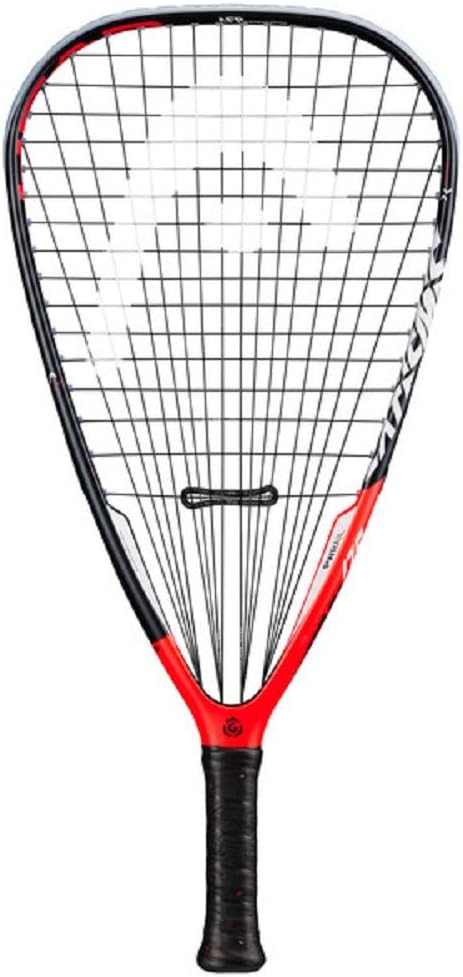Racquetball Grips

Proper and consistent grip is extremely important in racquetball. Without it the racquet cannot become the extension of your arm and wrist and you will have serious control issues which will significantly impact your game. Fortunately, it is very easy to learn the proper grip, when it is pointed out.
A quick way to get a feel for the proper grip is to put the racquet on the floor and then pick it up the same way you would pick up a frying pan. Alternatively, you can do the following. Put the safety cord around your wrist. Now pretend that you are about to shake hands with someone with your dominant hand. Place the racquet in your hand in such a way that the face of the racquet is perpendicular to the floor. Your thumb and index finger will create a ‘V’ shape and you have to ensure that the base of this ‘V’ shape is right in the center of the grip. Use a trigger-finger style of grip with the thumb above the middle finger and below the index finger. When you place the racquet in your hand, move it in such a way that you will be gripping it closer to the base of the racquet, rather than the face. Your little finger should be grabbing the racquet slightly below the base right on the bottom edge of the handle butt. Now grip the racquet firmly, but not too tight so as to wear out your fingers. This allows for a longer reach and unimpaired wrist flexion so you can hit the ball with more power.
There are two basic racquetball grips and they are related to the two basic strokes – forehand stroke and backhand stroke. The grip described above is the forehand grip. For the backhand grip, you need to rotate the racquet in your hand slightly clockwise. If you imagine that the butt of the handle is a clock and the ‘V’ formed by your thumb and index finger is right at 12 o’clock for the forehand grip, then find the place on the grip that would represent 10 o’clock. To transition to backhand grip, you need to align that spot that represents 10 o’clock with the ‘V’ shape of your thumb and index finger. You will not be rotating your wrist to do this. Your wrist will stay in the exact same position as before, but it’s the racquet that has to rotate clockwise. Another quick way to get this grip is to imagine that your racquet is a sword that’s in its scabbard on your non-dominant hip. If you reach for it with your dominant hand, it will naturally grab it at a slight angle which is ideal for the backhand grip.
Here is a very helpful video that demonstrates the basics of forehand and backhand racquetball grips:
